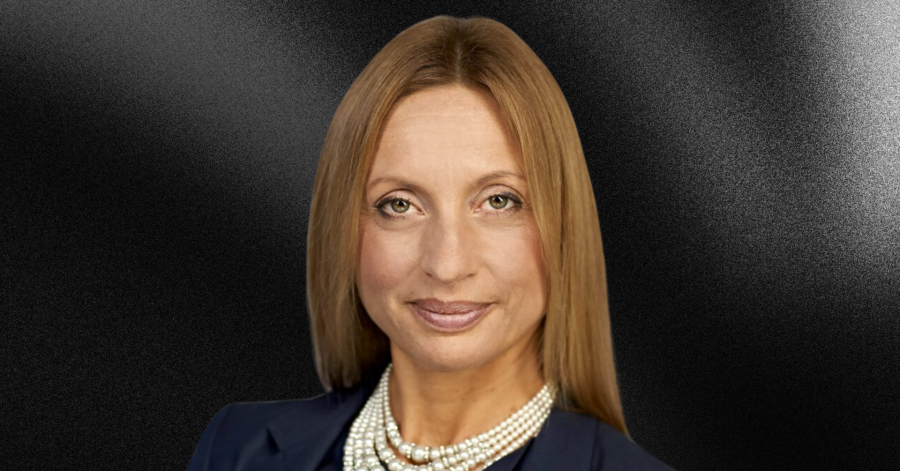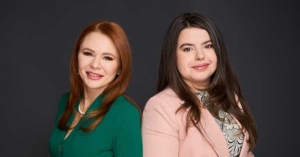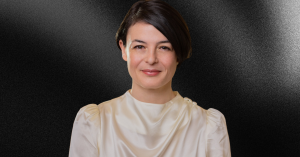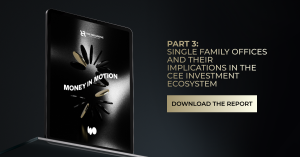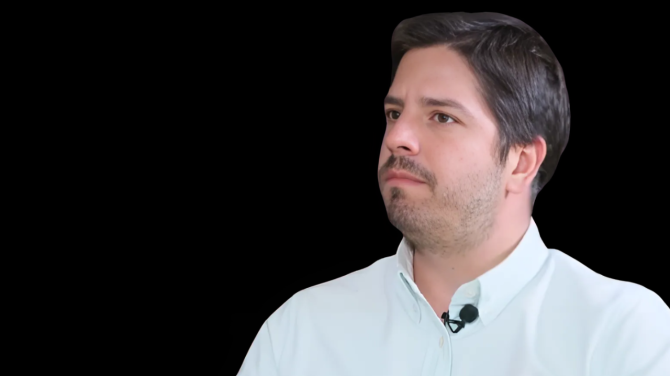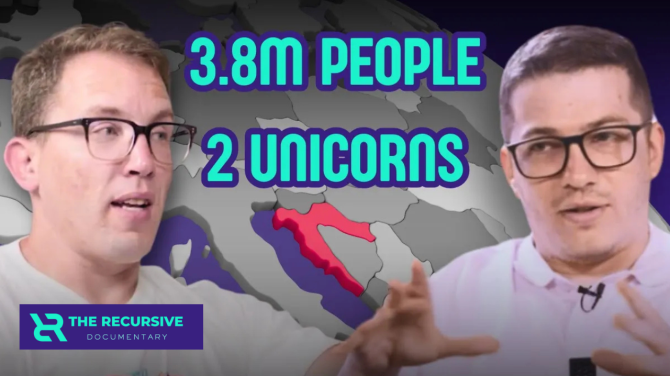Mirna Marovic, President of the Croatian Private Equity and Venture Capital Association, brings over 30 years of experience in finance. Her work spans investment banking, private equity, and venture capital, and she has been involved in major market development projects across Central and Eastern Europe (CEE). Through collaborations with international financial institutions and support for fund managers and investors, Marovic has helped shape the region’s investment landscape.
In this interview, she shares practical advice for new angel investors, her views on the evolving role of family offices in CEE, and why many private investors continue to favor traditional private equity over venture capital. Her insights also appear in Money in Motion, our latest report on High-Net-Worth Individuals in CEE.
👉 Download the report: Money in Motion: Understanding High-Net-Worth Investing in Central and Eastern Europe
How to think like a business angel
As both a high-net-worth individual and an active angel investor, Marovic takes a cautious but strategic approach to investing. She balances early-stage venture capital with more traditional assets like public equities and real estate.
“My overall approach is the following: early-stage venture capital and tech investments are risk capital investments. As a business angel, you must adopt two key approaches. First, you must accept the possibility of losing 100% of your investment. Second, a portfolio approach is essential. Angel investing only makes sense if you have at least 12 or more investments, as only one or two will be profitable in the end—most will fail.”
Since she started angel investing in 2018, Marovic has had no failed investments and some are performing strongly.
“None of my investments have failed yet. I started investing in 2018, and they are all still active—some are doing very well. That being said, I expect to see some losses down the road. However, some investments could still yield 10x multiples in the next two years.”
Still, she advises new investors to be careful and realistic about how much capital they allocate.
“In recent years, I’ve seen many individuals unfamiliar with investing, who don’t necessarily qualify as high-net-worth individuals under universal definitions, making one or two small startup investments. This is extremely risky. My advice is more conservative: only 1–2% of your liquid portfolio should go into this asset class. Anything more carries too much risk.”
Why family offices are still rare in CEE
Across much of CEE, Marovic notes that family offices are only beginning to form. Many successful entrepreneurs still manage their wealth informally, without structures for succession or professional management.
“The high-net-worth individual market in CEE is still at a very early stage compared to Western Europe. In many countries, family offices are just forming. A major issue is the lack of succession planning—many families don’t have structures in place, meaning much wealth could be lost. Historically, wealth rarely lasts beyond the third generation.”
She also sees a hesitation among investors to move outside their area of expertise.
“Investors should stick to their area of expertise. Many successful real estate investors have backgrounds in construction, architecture, or related fields. This is their comfort zone and where they know how to generate returns. Risk capital investing, such as startups and venture capital, is only suitable for highly sophisticated investors who understand the risks.”
Why private equity feels safer
Many investors in the region continue to lean toward private equity, which is seen as more stable and predictable than venture capital.
“Currently, many private investors—including institutions, high-net-worth individuals, and family offices—are more inclined toward traditional private equity when considering alternative investments. Venture capital still carries a stigma due to the extreme volatility in valuations, performance cycles, and overall returns.”
Mirna Marovic’s reflections speak to the challenges and opportunities facing private capital in CEE. Her approach to investing and her focus on long-term strategy provide a useful guide for both new and experienced investors navigating a complex and evolving market.

